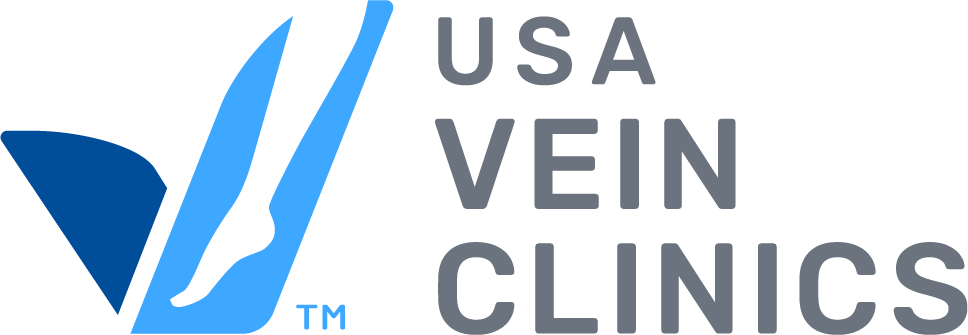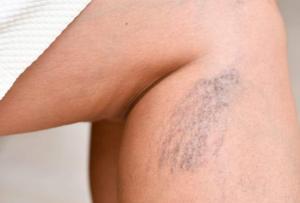Reticular Veins: Causes, Symptoms, and Treatment Options
Along with the more commonly recognized varicose veins and spider veins, reticular veins are part of the spectrum of chronic venous disease. This common health condition, also known as vein disease or venous insufficiency, impacts six to seven million people in the United States.
What are Reticular Veins?
Reticular veins, also known as feeder veins or blue veins, are dilated veins that appear close to the surface of the skin. They are larger than spider veins but smaller than varicose veins, typically measuring between 1 to 3 millimeters in diameter. These veins often appear as blue or greenish streaks or clusters and may be found on the legs, thighs, calves, and sometimes on the face.
As you may already know, varicose veins are enlarged, twisted, visible veins that rise above the skin’s surface. Spider veins are tiny, colorful vessels that tend to form in a web-like pattern. Reticular veins are somewhere in between. Similar to varicose veins, they are enlarged, visible, and blue or purple. However, like spider veins, they do not usually rise above the skin’s surface. Reticular veins typically appear on the backs of your knees, on your inner thighs, or near your ankles.
All three types of veins can lead to painful symptoms, placing you at increased risk for dangerous health issues and impacting your quality of life. Below, we discuss what you should know about reticular vein causes, symptoms, and treatments. If you have additional questions, we recommend talking about your condition with a vein specialist.
Reticular Vein Causes
Reticular veins are caused by underlying vein disease. This condition occurs when tiny, one-way vein valves become damaged, causing blood to pool or flow backward. Both genetics and lifestyle factors can lead to the development of reticular veins.
Several factors contribute to the development of reticular veins:
- Heredity: Genetics plays a significant role. Individuals with a family history of vein disorders are more likely to develop reticular veins.
- Hormonal Changes: Fluctuations in hormone levels, such as during puberty, pregnancy, or menopause, can weaken vein walls and contribute to the development of reticular veins.
- Standing or Sitting for Prolonged Periods: Occupations or activities that involve prolonged periods of standing or sitting can increase pressure on the veins and contribute to vein enlargement.
- Obesity: Excess weight puts additional pressure on the veins, potentially leading to the development of reticular veins.
- Previous Vein Disorders: Individuals with a history of varicose veins or other vein disorders may be more prone to developing reticular veins.
Reticular Vein Symptoms
Reticular veins may not always cause symptoms, but some individuals may experience:
- Visible blue or green veins under the skin, often in a spider web-like pattern.
- Mild discomfort, such as aching, burning, or throbbing sensations in the affected area.
- Itching or irritation over the veins, particularly after prolonged standing or sitting.
If you have signs or symptoms of reticular veins, we recommend seeking medical evaluation. Although not generally considered dangerous, reticular veins may place you at risk for serious health conditions like venous ulcers and blood clots.
Venous ulcers are open, non-healing leg wounds that can lead to infection. Deep Vein Thrombosis (DVT) is a type of blood clot that forms in the deep venous system. DVT can lead to pulmonary embolism, a life-threatening condition. While all of these issues require prompt medical care, pulmonary embolism is a medical emergency.
Treatment Options for Reticular Veins at USA Vein Clinics
At USA Vein Clinics, our skilled and empathetic specialists provide vein treatment for a range of venous issues, including varicose veins, spider veins, and reticular veins. If you are avoiding the doctor because you fear painful reticular vein removal surgery, we want you to know that all our treatment options are minimally invasive, outpatient procedures with short recovery times.
Reticular vein treatment can quickly alleviate painful symptoms, improve the appearance of your legs, and enhance your quality of life. For personalized recommendations from one of our leading vein specialists, schedule a consultation online or call us at 888.768.3467 today.

